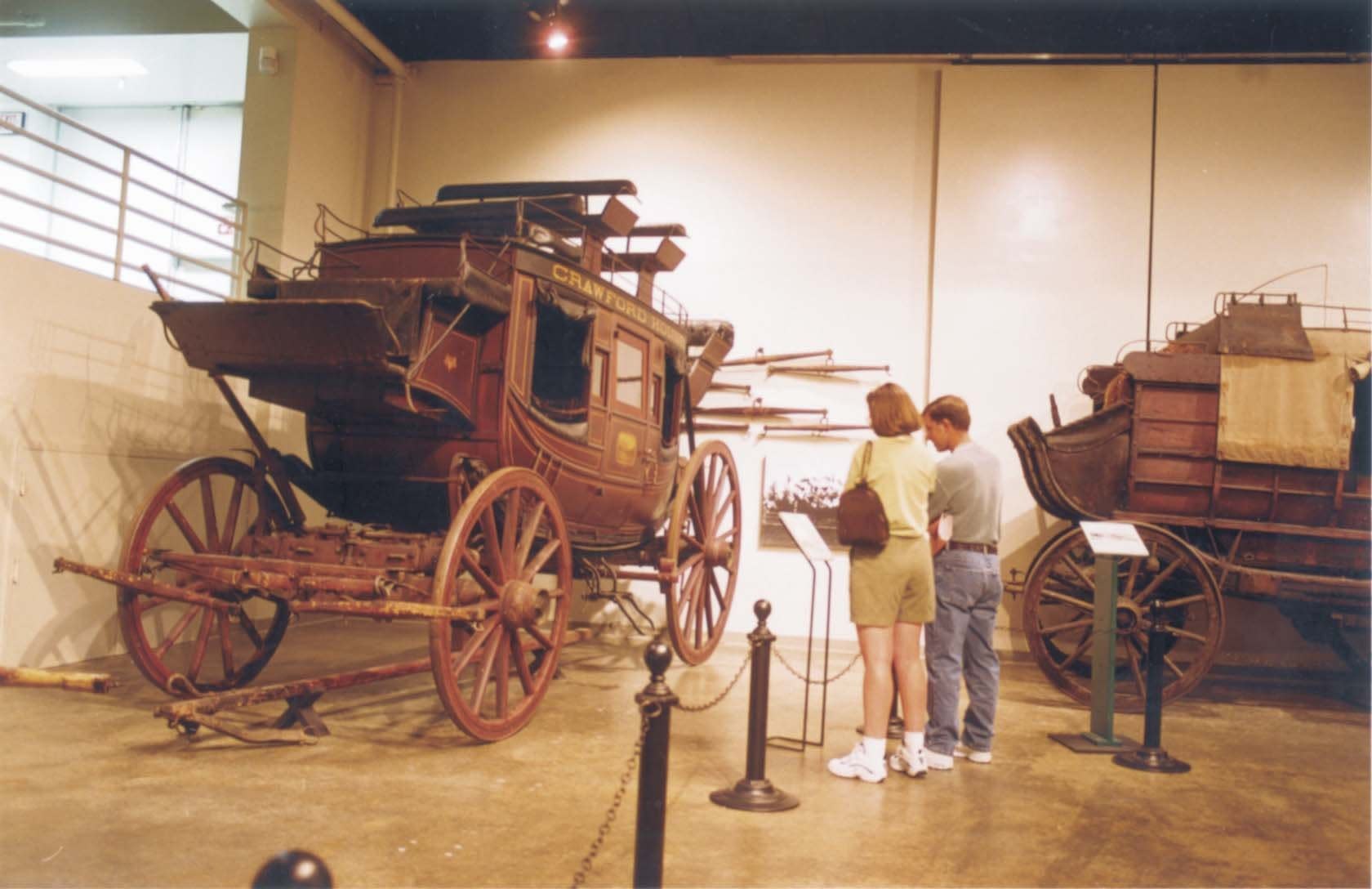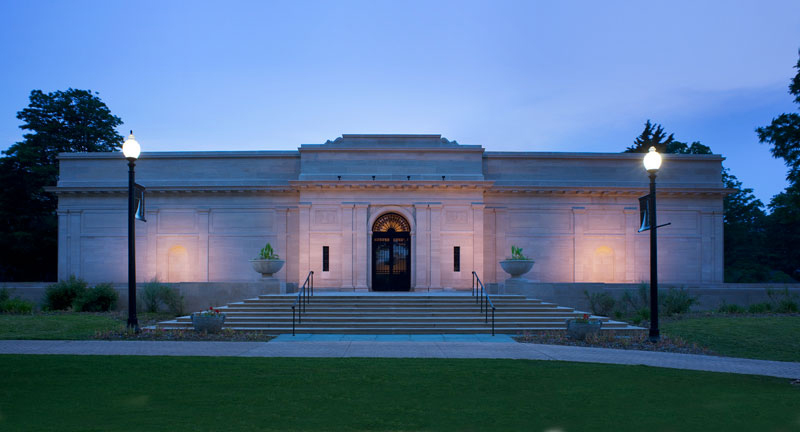Open the Doors to Background: The Long Island Museum Entrance Fee Details
Open the Doors to Background: The Long Island Museum Entrance Fee Details
Blog Article
Discover the Rich History of Long Island at This Fascinating Gallery
As visitors go across with exhibitions outlining the Industrial Revolution's influence and Long Island's maritime heritage, a deeper understanding of the area's advancement begins to arise. Remain tuned as we discover Long Island's modern-day period, shedding light on just how the past continues to resonate in the present.
Native American Influences on Long Island
The Indigenous American impacts on Long Island have actually played a substantial role in shaping the region's cultural heritage and historical advancement. Long prior to European inhabitants showed up, the land now referred to as Long Island was lived in by different Indigenous American tribes, consisting of the Massapequas, Montauketts, and Shinnecocks. These tribes lived off the land, angling in the bountiful waters surrounding the island and growing the productive soil for farming.
The Indigenous Americans on Long Island had a rich spiritual and social practice, obvious in their intricate art work, standard dancings, and dental storytelling. Their deep link to the land is mirrored in the names of several communities and landmarks on Long Island, which originated from the languages of these indigenous peoples.

Colonial Heritage and Very Early Settlements
With the arrival of European settlers, Long Island's landscape started to go through considerable transformations as colonial heritage and early negotiations settled in the region. The Dutch were amongst the initial Europeans to establish an existence on Long Island, with settlements such as New Amsterdam (present-day New york city City) playing a critical duty in the island's early american background. Later, the English obtained control of the region, shaping the building and social landscape via the establishment of towns and villages.
One of one of the most notable early settlements on Long Island was Southampton, started in 1640 by English Puritans seeking religious liberty. This marked the beginning of organized European settlement on the island, leading the way for additional development and development. In time, more communities and towns arised, each with its very own special personality and contribution to Long Island's colonial heritage.
As these very early negotiations grew, they formed the structure for the varied communities that exist on Long Island today. The colonial heritage of the area proceeds to be commemorated and maintained, using site visitors a glimpse right into the past and an appreciation for the rich history that formed Long Island right into what it is today.
Industrial Change and Maritime Background
During a period of profound change and technical development, Long Island's industrial revolution intertwined with its maritime background, forming the area's financial landscape in unmatched means (The Long Island Museum hour). The Industrial Change, which started in the late 18th century, brought Visit This Link substantial changes to Long Island's economic situation.
Long Island's proximity to New York City likewise contributed to its economic success, as goods can quickly be transferred in between the 2 areas. Today, remnants of Long Island's naval and industrial past can be discovered at museums and historical sites, providing a look right into the region's rich history.
Long Island in the Modern Period
Long Island's development in the modern-day era mirrors a combination of practice and innovation, forming its modern identity. As one of one of the most densely populated areas in the United States, Long Island has actually become a hub for varied sectors, varying from innovation and medical care to finance and tourist (The Long Island Museum entrance fee). The island's proximity to New York City has actually played a considerable role in its development, with many travelers choosing to live in its suburban neighborhoods
Recently, Long Island has seen a surge in lasting initiatives focused on maintaining its natural beauty and combating climate modification. The preservation of its coastal areas, such as the Fire Island National Seashore, highlights the island's commitment to environmental preservation. In Addition, Long Island's social scene has prospered, with art galleries, songs places, and cinemas adding to its vibrant social landscape.
Additionally, the modern era has actually seen Long Island accept variety and incorporation, with a growing populace of immigrants adding to its rich tapestry of societies. Generally, Long Island continues to evolve, balancing its abundant history with contemporary development to shape a vibrant and resistant area.
Forthcoming events and special exhibits
Showing Long Island's vibrant cultural landscape and dedication to development, the gallery is currently organizing a series of special exhibits and excitedly prepares for forthcoming events. One of the unique events currently on display screen is "Long Island With the Ages," which traces the island's rich history from its early aboriginal inhabitants to the existing day. This display showcases multimedia, documents, and artefacts discussions that supply a thorough look at the varied heritage of Long Island.
In addition to the recurring unique events, the gallery is preparing for an amazing schedule of upcoming events. Visitors can anticipate a lecture collection including local professionals and distinguished historians going over different elements of Long Island's background. There will certainly likewise be hands-on workshops where attendees can learn standard crafts and skills that have actually been passed down with generations on the island.
These unique exhibits and upcoming events not just enrich the museum experience but additionally act as a testimony to Long Island's vibrant cultural tapestry and the gallery's dedication to preserving and sharing its heritage with the area. The Long Island Museum NY.
Conclusion
Finally, the museum offers an extensive take a look at the rich history of Long Island, from Indigenous American impacts to early american heritage, commercial transformation, and contemporary age growths. With special events and upcoming occasions, site visitors can dive deeper right into the diverse cultural and historical elements of the area. Whether you're a background fanatic or just interested about Long Island's past, this museum gives a captivating experience for all.
Lengthy before European inhabitants got here, the land currently known as Long Island was lived in by different Indigenous American people, including the Massapequas, Montauketts, and Shinnecocks. The Dutch were among the first Europeans to establish a visibility on Long Island, with negotiations such as New Amsterdam (present-day New York City) playing an essential duty in the island's early american history. Today, remnants of Long Island's maritime and industrial past can be explored at museums and historic sites, providing a glance into the region's rich history.

Please visit one of our local supporters - The Modern Medicare Agency In Stony Brook
Report this page